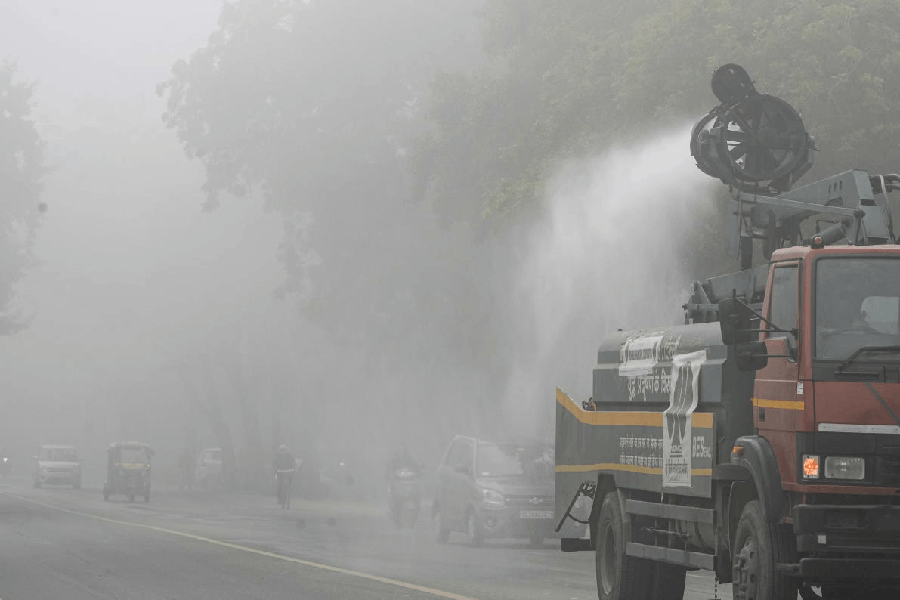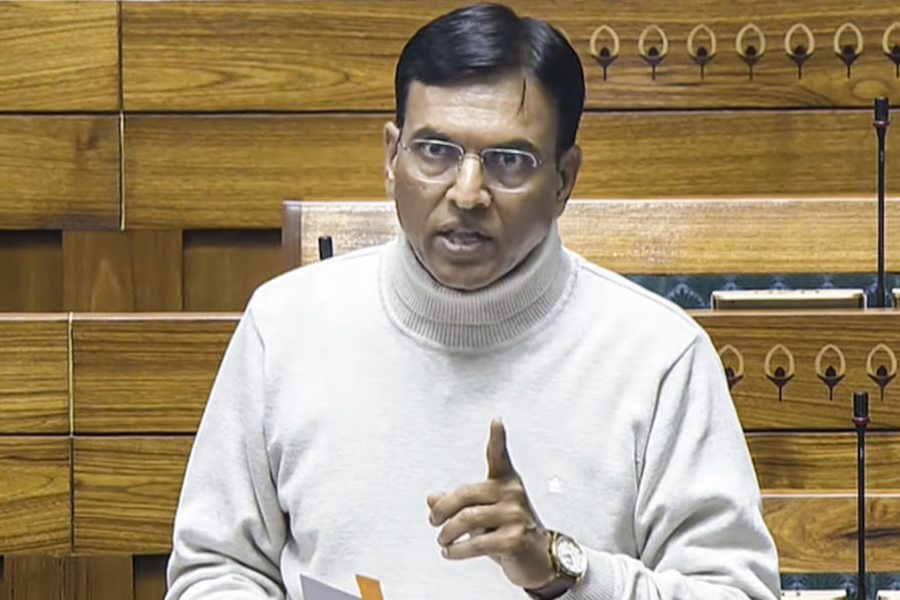 |
Of the 330 million Hindu gods, Lord Jagannath is the enigmatic one. Everything about Him is mysterious — His form, rituals, costumes, everything seems to be shrouded in mystery.
He represents both the Adivasi and Aryan cultures because, originally, He was known as Nila Madhav (the blue-complexioned Lord Krishna) and was worshiped by a tribal leader. The king of Puri wanted to steal the idol but it disappeared and magically reappeared in the form of logs of wood, floating in the Bay of Bengal near Puri. That is why He is called Darubrahma (supreme Brahman) manifesting in wooden form.
From these logs, the bigrahas or idols were to be carved out by the divine sculptor, Biswakarma. The king allowed him to perform the work in a secret chamber. But before he could get it done with, the impatient king and his queen flung open the doors of the locked room to find three unfinished idols of Jagannath, Balabhadra and Subhadra. Biswakarma was nowhere to be seen and a voice from the heavens stated that the idols ought to be worshipped in that state only.
Frankly, it is difficult to establish the credibility of this myth. However, due to the symbolism attached, the myth has become popular. He is infinite and does not have a finite shape and is incomplete. The holy Vedas state that the supreme force is beyond description and beyond any shape or form. Therefore, symbolically, Lord Jagannath represents the supreme Brahman of Sanatan dharma or infinite cosmic energy.
He is the source of all incarnations. Through several rituals at the Sri Jagannath temple in Puri, He takes on several forms. In fact, in the rath yatra, He appears as Baman as described in our shastras: Rathettu Bamanam Drustaya, Punarjanm na Bidyate ,which means whoever sees Lord Jagannath’s Baman avatar would be liberated from the cycles of births and rebirths. Therefore, He should never be confused with any particular incarnation or avatar.
There are several unique features of Lord Jagannath, which no other Hindu deity possesses. For instance, He is the only god to be worshipped along with His two siblings and the temple of His consort, Goddess Laxmi is only footsteps away from the sanctum sanctorum. The practice of worshipping two brothers guarding their younger sister, Subhadra is fascinating. It shows immense love among them at the spiritual level and also represents the ties of brotherhood.
Another unique attribute of Lord Jagannath is that He is the only deity who undergoes “death” and is reborn in a grand festival called Naba Kalebara (changing of idols). This phenomenon occurs in every seven, 12 and 19 years. In that auspicious year, there are two lunar months of Asadha (July and August). The extra month is utilised for constructing new idols from neem wood selected through elaborate yet mysterious rituals. Identifying the trees with certain symbols on them, as mentioned in the centuries-old Puranas, is a difficult task.
Even to this date, the proverbial cobra is found near the neem trees when the priest goes to identify the appropriate tree before Naba Kalebara. I have witnessed this myself. The trees which are used must fulfil 12 conditions, such as the wood should be dark, without a bird’s nest, temple of Lord Shiva in the vicinity, presence of a cremation ground and other symbols as described in the shastras.
After the idols are carved out, the daitapatis or priests (descendants of the tribal leader) are blindfolded on a new moon day. Wearing gloves, they transfer the Brahma or supreme power from the old idols into the new ones. The old idols are later buried in a ground called the Koili Baikuntha (the paradise) on the northern side of the temple complex. The entire process is mysterious and esoteric. The priests are not supposed to reveal their experience.
According to legend, the person who transfers the power from the old idols to the new ones must be an elderly person since he would pass away within few months of Naba Kalebara. But they willingly perform this task since it is considered as the most sacred duty.
Here, Lord Jagannath is personified in the sense. He goes through the cycle of birth, death and celebrates various festivals, donning the most beautiful clothes. His daily rituals are many and are performed by a particular family since centuries. The last Naba Kalebara took place in 1996 and would happen in 2015 again.
Another very interesting thing about Lord Jagannath is that He is draped only in saris bought from Berhampur, decked with flowers and ornaments, such as nose ring, which are generally worn by women. Thus, symbolically, He is neither male nor female. Being the supreme Brahman of the universe He is beyond and above any gender. This aspect of Him is really appealing and some people worship him as Dakshina Kalika (Goddess Kali).
There are many other fascinating stories about the rituals, festivals, ceremonies and costumes related to Lord Jagannath which are beyond human comprehension. For example, His eyes are completely round with pupils larger than Balabhadra’s or Subhadra’s. He does not have eyebrows or eyelids which represents the fact that He cannot afford to close His eyes for devotees who seek His divine grace.
Therefore, the Lord and his siblings are the most mysterious gods with incomprehensible rituals, ceremonies, festivals and costumes. The Jagannath traditions and rituals have been elaborately described in religious scriptures such as Skandhapurana and Utkal Khanda.
Due to these enigmatic features, the Lord has, since ages, attracted the attention of all the seers, sages and acharyas including the great Adi Shankaracharya, Ramanujacharya, Guru Nanak, Sant Kabir and Goswami Tulasi Das. Even Muslim devotees, such as the great poet Salabega wrote several bhajans in praise of Lord Jagannath both in Oriya and Sanskrit. People might be surprised to hear there are 1,200 mutts in and around Puri. The heads of all the mutts represent the various denominations of the age-old Hindu traditions and philosophical systems in Sanatan dharma.
I have lived in Madras for three decades, during which we built a Jagannath temple there. The construction, involving around Rs 4 crore, took 18 years to be completed. Several miracles took place while the temple was being erected and I treasure all those extraordinary events.
In a nutshell, Lord Jagannath is the most mysterious, incomprehensible, indescribable and completely humanised god. He is the infinite Brahman.
(As told to Subhashish Mohanty)










